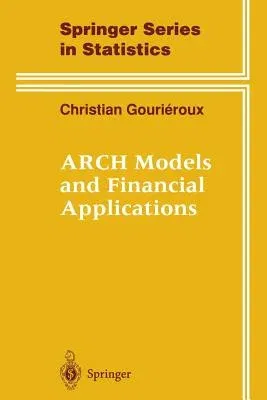1.1 The DevelopmentofARCH Models Time series models have been initially
introduced either for descriptive purposes like prediction and seasonal
correction or for dynamic control. In the 1970s, the
researchfocusedonaspecificclassoftimeseriesmodels,
theso-calledautoregres- sive moving average processes (ARMA), which were
very easy to implement. In thesemodels,
thecurrentvalueoftheseriesofinterestiswrittenasalinearfunction ofits own
laggedvalues andcurrentandpastvaluesofsomenoiseprocess, which can be
interpreted as innovations to the system. However, this approach has two
major drawbacks: 1) it is essentially a linear setup, which
automatically restricts the type of dynamics to be approximated; 2) it
is generally applied without im- posing a priori constraintson the
autoregressive and moving average parameters, which is inadequatefor
structural interpretations. Among the field ofapplications where
standard ARMA fit is poorare financial and monetary problems. The
financial time series features various forms ofnon- lineardynamics, the
crucialone being the strongdependenceofthe instantaneous
variabilityoftheseriesonitsownpast. Moreover, financial
theoriesbasedoncon-
ceptslikeequilibriumorrationalbehavioroftheinvestorswouldnaturallysuggest
including and testing some structural constraints on the parameters. In
this con- text, ARCH (Autoregressive Conditionally Heteroscedastic)
models, introduced by Engle (1982), arise as an appropriate framework
for studying these problems. Currently, there existmorethan
onehundredpapers and some dozenPh.D. theses on this topic, which
reflects the importance ofthis approach for statistical theory, finance
and empirical work. 2 1. Introduction From the viewpoint ofstatistical
theory, the ARCH models may be considered as some specific nonlinear
time series models, which allow for aquite exhaustive
studyoftheunderlyingdynamics.Itisthereforepossibletoreexamineanumberof
classicalquestions like the random walkhypothesis, prediction intervals
building, presenceoflatentvariables [factors] etc., and to test the
validity ofthe previously established results.


